You can say a lot with a blank page.
Pauline Mackay brought this message to Merkinch Primary in the months before the Covid lockdown when she workshopped an idea for a new book with pupils.
The picture book, released earlier this year, is called “The Colourful Moo,” and features Sue, a Heilan Coo who struggles to find her voice in a busy farmyard.
Ms Mackay recently walked us through the process of transforming a collection of blank pages into a picture book that reflects the community that inspired it.
Along the way, she introduced us to the many people, and animals, who helped her cook up her new book: A friendly herd of alpacas; a four-legged farmhand named Charley Girl; an eager audience for the story’s first test run; and a work-study student from UHI, who brought new ideas of how to help kids find stories all around them.
Picture(less) books
Ms Mackay’s first lesson is simple: consult your audience.
Picture books are for children, and so working with them during the writing process is important, Ms Mackay said. By listening to the types of stories they tell, she was able to understand their interests and taste.
She also made sure to get feedback from children early in the process. During her visit to Merkinch Primary School in 2020, she tested out an early version of “The Colourful Moo”.
“It’s so important to bring it to children and see how they react and give them the opportunity for feedback,” she said.
But she had a surprise for them: She brought the picture book before it was illustrated.
“I told them that this was the best book in the world,” she said, before revealing a set of blank pages. “I love the idea that at the start (the story) can be anything you want it to be.”
“Having that blank book was just a fantastic prop. It’s quite something to read to a group of children that young without any visual cues. They’re really listening to the words.”
The demonstration was great fun for the kids, but Ms Mackay said that testing the story to an audience of children also let her know that she was on the right track.
Bolstered by these positive early reviews, she and illustrator Marjory Tait were ready to add pictures with the help of some real-life farm animals living just outside of Inverness.
Bringing ‘The Colourful Moo’ to life
“The Colourful Moo” is a tale about Sue, a Heilan Coo without a moo. In a packed farmyard with clucking chickens, barking dogs and all sorts of other barnyard noises, Sue can’t seem to find her voice.
To create a realistic home for Sue, Ms Mackay and Ms Tait turned to local farms for inspiration. Sue’s home and friends take inspiration from the critters at Lyne Mhor Croft and some woolly alpacas from Loch Ness Alpacas.
Picture books as learning tools
The farm setting brought in another important piece of the book: the opportunity to learn.
One of the myths Ms Mackay wants to dispel about the writing process is the idea that picture books don’t offer anything besides entertainment.
“Even in writing a picture book, where you might think it’s just a simple story, there’s always something to learn and teach.”
For instance, do you know what sound an alpaca makes? Or the perfect number of alpacas to keep together?
Ms Mackay and Ms Tait wove facts like these into the story and illustrations, creating a realistic version of Sue’s home on the farm, down to the colours of wool in the farm shop and each animal’s favourite environment.
The result is a story for children to get lost in, but with plenty of real-world magic to recognise and explore on their own.
And if there is one message Ms Mackay wants readers to hear it is that stories are all around us. While “The Colourful Moo” was taking shape, UHI student Charlotte Usher was working alongside Ms Mackay and teaching children how to discover stories in their own backyards.
If you’re interested in bringing a little bit of storytelling magic into your family, Charlotte has devised a way to help children get involved in storytelling.
Stories are all around us: See for yourself
Usher’s “story walks” encourage kids to find stories in nature using an easy-to-follow guide. Much like the story of Sue and her barnyard friends was inspired by a local croft, Charlotte found that putting kids in touch with nature was a great way to dig up stories.
“Over the course of my degree, I have been introduced to the amazing tradition of nature writing,” Charlotte said.
“The worksheets will help introduce children and adults to this tradition. With the ravages wrought on peoples’ finances recently, this is a cheap way to keep children occupied during the weekends and school holidays.”
These story walks help children think in terms of words and images, a skill that doesn’t always come naturally.
By taking photos of a favourite toy in different settings, Charlotte said that children took more notice of the world around them and helped them appreciate how the environment can become a character of its own.
So next time you’re out on a family walk, or taking a long drive on a holiday, see if you and your children can find a Sue of your own to inspire you.
To learn more about “The Colourful Moo,” you can visit the Ablekids Press Shop on the Market Brae Steps in the Inverness city centre, or go online to see more locally-inspired stories.
Read more from the Schools and Family team
Does Nessie speak Scots, Gaelic… or Polish?
Do you know about the hidden animals of Inverness?
What a lovely thing to have’ – Glenurquhart pupils will treasure their Jubilee forester coins
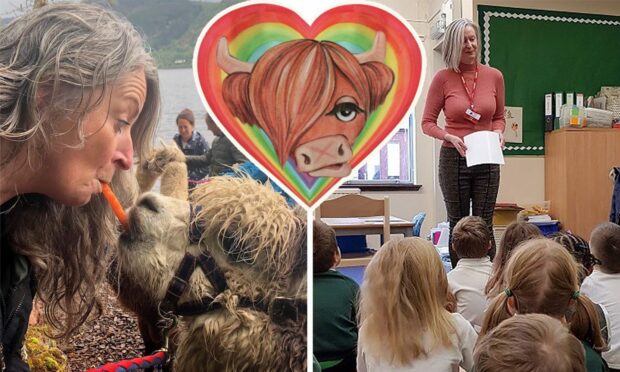
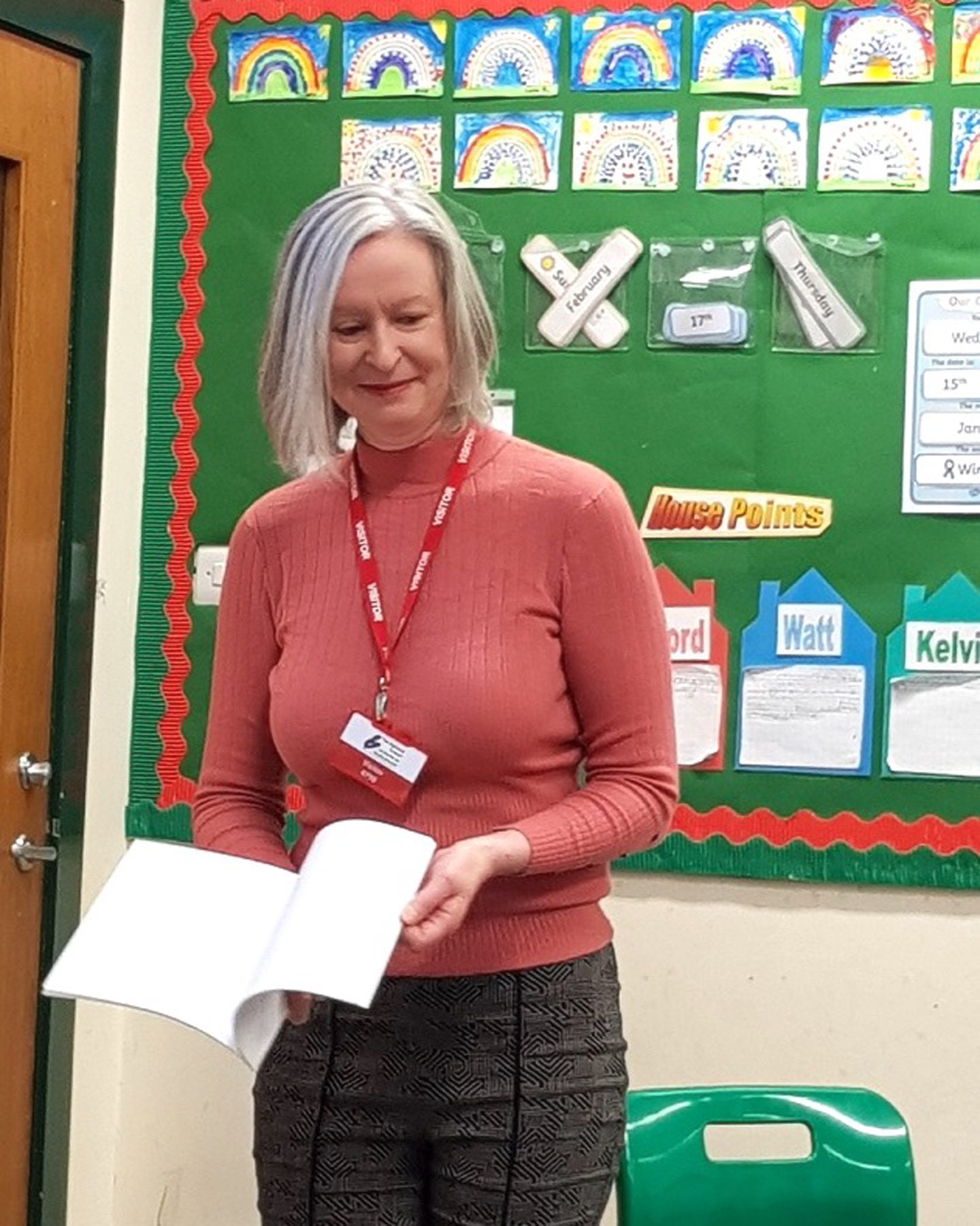
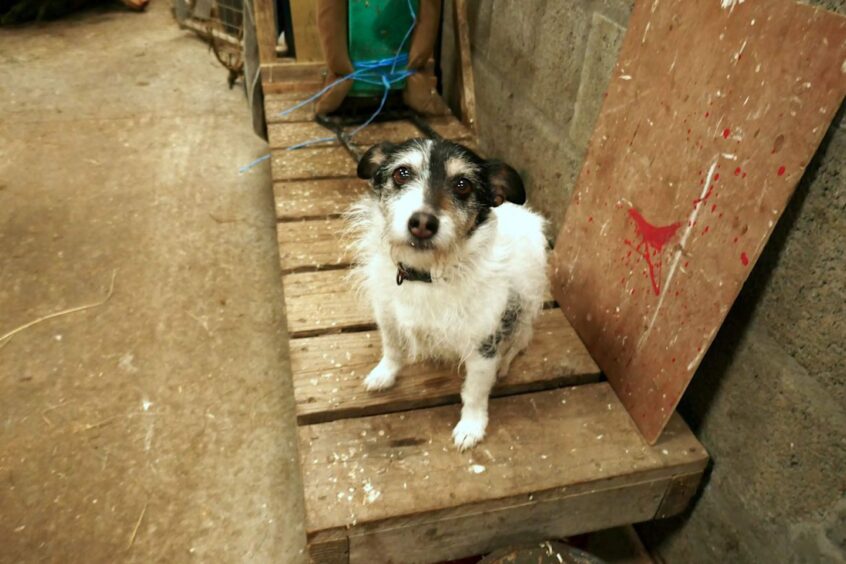
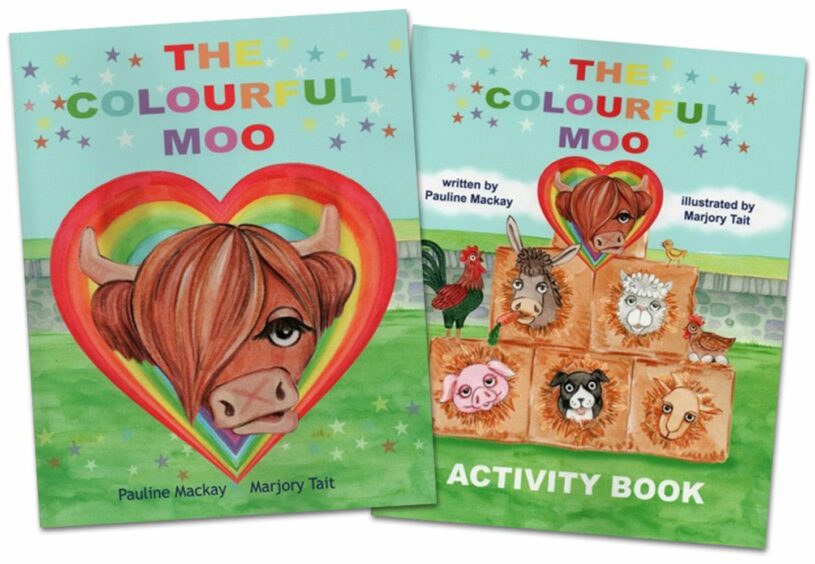
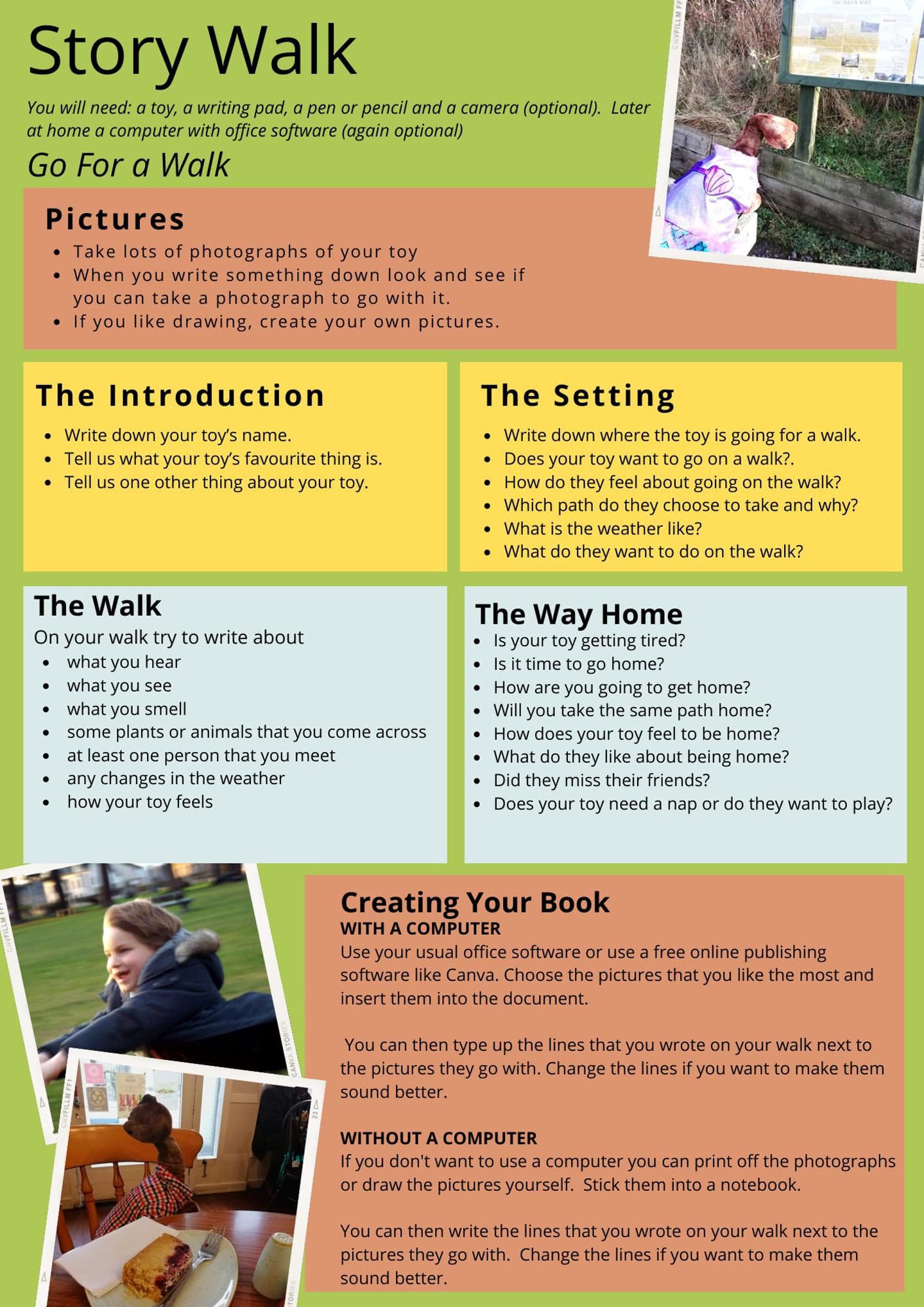
Conversation